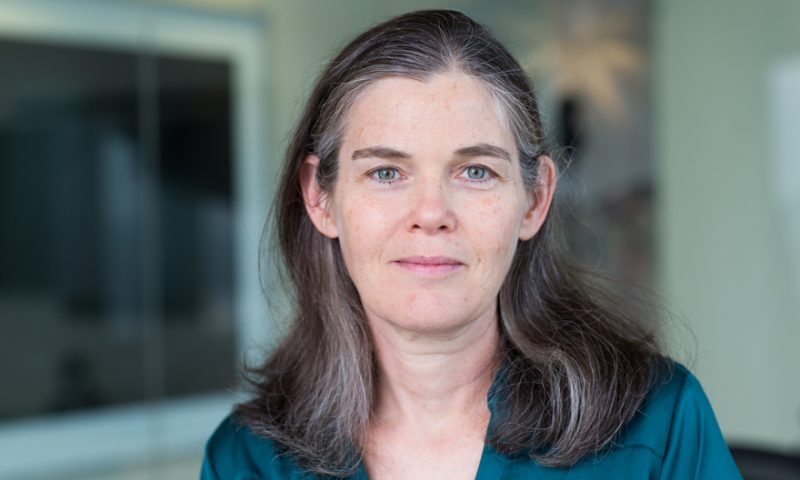In the two years since it set up shop, insitro has been plugging away at a data- and machine learning-driven approach to drug discovery. Now, the company is picking up $143 million to build out its technology, pursue new targets and advance treatments for genetically defined patient groups.
Insitro is using in vitro systems—or “test-tube experiments” involving cells outside the human body—to predict what drug developers would see in a human, in vivo, clinical model. These models could propose new drug targets and predict how patients, or subgroups of patients will respond to specific treatments.
The series B financing, drawn from a laundry list of marquee investors, including Andreessen Horowitz, Arch Venture Partners, GV, Third Rock Ventures and ForeSite Capital, will build up insitro’s technology, allowing it to generate data at a larger scale and boost their ability to create predictive disease models, according to a statement.
“We’ve built out quite an impressive set of capabilities in terms of the ability to onboard [induced pluripotent stem cells] to perturb with different times of gene editing to differentiate them into different lineages,” insitro CEO Daphne Koller told FierceBiotech. “We have demonstrated in several different therapeutic areas the ability of machine learning to see disease-related phenotypes in cells that a human eye just can’t pick up.”
Now, the company needs to expand that platform and show it can find drugs to change that phenotype in human disease, she said.
The funds will also bankroll the company’s efforts to investigate new, genetically validated targets, identify biomarkers to segment patients and develop treatments for genetically defined patient populations. Zeroing in on these groups could improve the success rate of drug R&D, as evidenced by targeted treatments for specific cancer-driving mutations.
“There are lots of diseases we are treating right now that are caused by very different pathways but converge on the same phenotype—and we’re surprised when a drug cannot address all of them,” Koller said.
It’s already picked out a few targets it wants to pursue. Once insitro does the work to “convince ourselves” that they’re worthwhile, it will attack drug development the same way it is tackling discovery.
“The same way we approach disease modeling and target discovery, we’re also going to approach the design of chemical matter differently, by leaning heavily into what makes us special,” Koller said.
“[That] is the production of large amounts of data and the development of machine-learning models toward that data that will allow us to accelerate the net part of the process, which is, how do we design compounds that modulate disease?”
As insitro ramps up that work, it is also on the hunt for new industry partnerships, though Koller kept details under wraps. It signed its first partner last year, inking a three-year deal with Gilead to discover and develop new treatments for nonalcoholic steatohepatitis (NASH). The duo is using the Insitro Human platform (ISH) to create disease models of NASH and discover targets that affect the progression or regression of the disease. Insitro picked up $15 million upfront but could collect another $200 million for any of five programs Gilead may choose to take forward.

